- The Real Cost
- Wild Shrimp
- International Shrimp Farming
- Mangrove Destruction
- Domestic Shrimp Farming
- Impact of Shrimp Cocktails
- What You Can Do
The By-Catch Problem
For each pound of shrimp harvested out of the ocean, up to 20 pounds of non-targeted marine life is killed and discarded.
Shrimp is the most popular seafood in America and demand continues to grow. The term by-catch refers to the non-target fish and marine creatures that are “accidently” caught.
The commercial shrimping industry has the highest rate of incidental by-catch of any seafood. It is estimated that each year over 24 billion pounds of non-targeted animals and plants are caught by shrimp fisheries worldwide, with up to 98% being discarded.
The majority of the by-kill is dead or dying by the time it is returned to the sea. When you eat shrimp, you are participating in an industry that is harming habitats and leading to significant impacts on marine food chains and ecosystem health.
Wild=Better, Right?
Each year, about 7.4 billion pounds of wild shrimp are harvested out of the ocean. In the U.S., wild caught shrimp account for 10% of total consumed shrimp, weighing in at just over 200 million pounds. Most domestic catches are from the Gulf of Mexico (75%), Pacific coast (20%), and the South Atlantic (5%).
The majority of commercial shrimping vessels trawl to catch wild shrimp. Trawling is simply dragging huge nets behind boats with the intent to catch as many shrimp as possible. The trawl net is pulled through the water and along the ocean bottom catching shrimp, and unfortunately, many other species that happen to be in the way. Trawl nets do not selectively filter its catch and turtles, sharks, rays, dolphins, sponges, and many other marine species are trapped and killed in the process.
No Regulations
International shrimp farming is for all practical purposes, unsustainable and under-regulated.
The United States imports 90% of shrimp for consumption from international shrimp farms. A shrimp farm is a saltwater feedlot. Since the 1970’s, the international shrimp farming industry has grown tremendously, now providing over 55% of the world’s shrimp from over 125 countries, with 75% of them in Asia and 25% in Latin America.
The most common system used in shrimp farming is open pen or open loop. Found offshore or in coastal areas, open pen allows for a free exchange of water from the pen or pond to the surrounding environment. Open pen shrimp farms have devastating impacts on oceans and estuaries because of the amounts of waste produced. The densely populated shrimp farms, up to 18,000 pounds of shrimp/acre have led to a variety of viral and bacterial diseases that spreads quickly. To combat the spread of disease, the industry uses copious amounts of antibiotics, leading to the development of antibiotic-resistant bacteria that is very harmful to human heath.
Shrimp waste, antibiotics, poisons used to kill unwanted sea life and cleanse ponds for reuse, creates a chemical cocktail that pollutes surrounding water and severely impacts ecosystem health. Farmed shrimp need food and shrimp feed uses wild fish. It takes two pounds of wild fish to produce one pound of shrimp. You do the math.
An Ecosystem at risk
The rapidly growing shrimp aquaculture industry threatens the worlds remaining mangrove forests. Mangroves are coastal marine trees that provide vital habitat and nursery areas for juvenile marine life. They provide a barrier and protect coastlines from hurricanes, erosion, and storm surges.
Shrimp farms based in coastal areas are responsible for about 10% of mangrove destruction worldwide; in Thailand shrimp farms have cleared over 60% of coastal mangroves, leaving devastating ruin in its wake.
Regulated and Closed Loop
About 0.5% of shrimp consumed in the United States is produced in domestic shrimp farms. This accounts for only 10 million pounds of shrimp produced each year. The majority of shrimp farms in America are located in Texas, however, there are a few smaller farms scattered across the U.S. including Colorado.
While international shrimp farming practices can be very unsustainable, domestic practices are much more heavily regulated and maintained for quality standard. There are many closed-loop U.S. systems employed in shrimp farming practices that have a significantly lower impact on the environment.
The most common closed-loop system is the re-circulating system, where they continuously filter and recycle water and waste in order to ensure minimal water exchange with the environment.
Closed-loop systems can be located anywhere in the U.S., and do not require contact with marine environments. Often, water discarded from shrimp hatcheries is used for agriculture fertilizer.
Is it Worth It?
The U.S. is the largest importer of shrimp in the world with 90% coming from foreign countries. The average American eats four pounds of shrimp annually and only about 1% is inspected by the FDA.
High levels of contaminants are consistently found in market samples, including banned chemicals and pesticides. Shrimp is a quintessential food in the U.S. and it accounts for over 30% of all seafood consumed by Americans. Shrimp is most commonly packaged and sold frozen to keep the meat “fresh” on its long journey to your plate.
However, in pre-cooked “ready-to-eat” shrimp, antibiotic-resistant bacteria is significantly higher than any other type of store-bought shrimp on the market. It is recommended that consumers cook this shrimp for 1-2 minutes in rapidly boiling water before consuming to reduce risk of bacterial infection. When your shrimp is cheap, you are getting internationally farmed shrimp.
Red Lobster purchases 5 percent of the world’s shrimp. Supermarkets and restaurants are your strongest connections to the oceans and your choices have significant international impacts. Eat selectively and choose environmentally sound.
